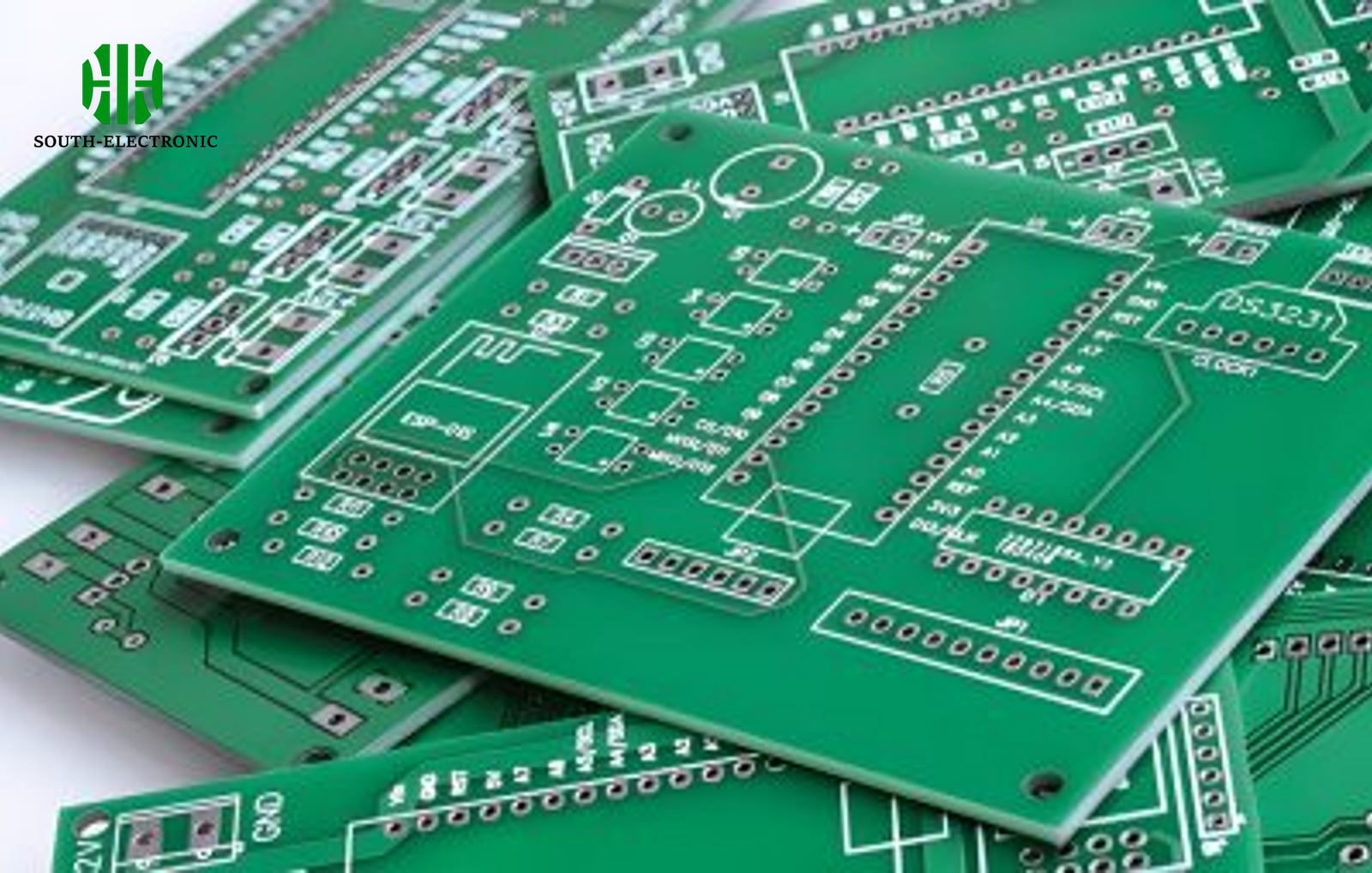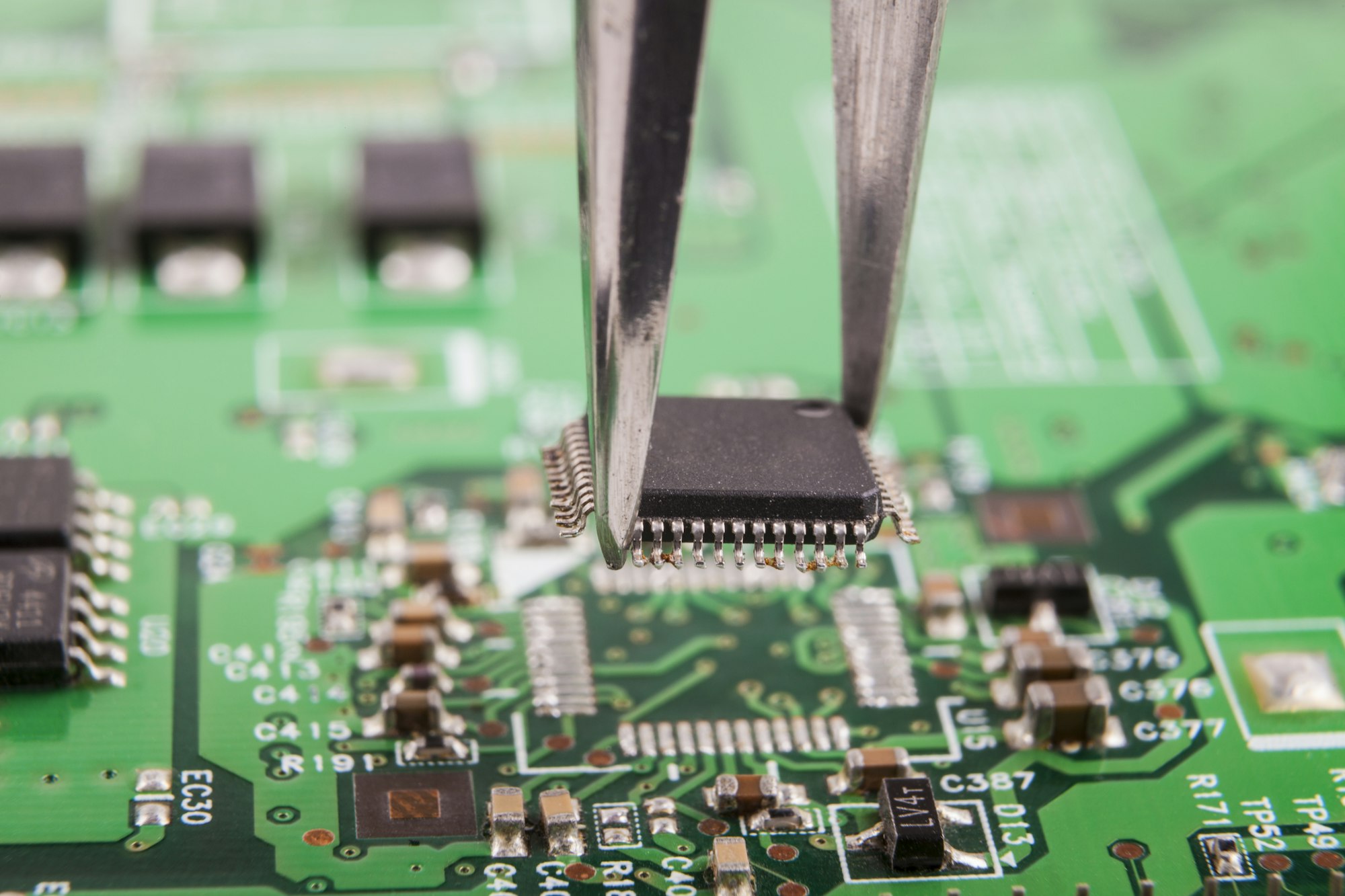Choosing PCB design software feels overwhelming. With countless options promising efficiency, picking the wrong tool wastes precious time and money. I’ve tested them all to save you this frustration.
Altium Designer excels for professional high-complexity designs, while Autodesk Eagle suits hobbyists and small teams. KiCad stands out as the leading free open-source option. Your best choice aligns with project complexity, budget, and collaboration needs.

This breakdown answers core questions about top contenders. I’ll clarify AutoCAD’s limits, KiCad[^1]’s true cost, and cloud-ready solutions to simplify your decision.
Can I design PCB in AutoCAD?
AutoCAD tempts many engineers with its drafting familiarity. But hoping it handles PCB design risks expensive redesigns and manufacturing errors. Recognize the core limitations early.
No – AutoCAD lacks schematic capture, ECAD libraries, or auto-routing capabilities essential for PCB workflows. Use specialized tools like Eagle (now in Fusion 360[^2]) for electronics. AutoCAD-only designs often fail manufacturability checks.

Electronics vs Mechanical CAD: Critical Gaps
AutoCAD’s mechanical design strengths become weaknesses in PCB contexts. Compare core disparities:
| Feature | AutoCAD | Dedicated PCB Software |
|---|---|---|
| Symbol Libraries | Generic shapes | Preloaded ICs, capacitors |
| Design Rules | None (manual checks) | Automated spacing/tracing |
| Networking | Impossible | Auto-connections |
| Output Files | DXF (mechanical) | Gerber, BOM, Pick & Place |
PCB design requires understanding electron flow paths from day one. AutoCAD forces you to draw static lines without electrical logic validation. You might finish a "board" only to discover unconnected components when prototyping. For mixed projects, Fusion 360[^2] bridges this gap—its electronics workspace imports AutoCAD geometry while adding schematic-driven layouts. Shortcut: never design traces manually.
Is KiCad[^1] PCB free?
Hobbyists often avoid PCB tools fearing hidden fees or subscription traps. I almost skipped KiCad[^1] assuming "free" meant "crippled"—until testing its full professional workflow.
Yes, KiCad[^1] is completely free and open-source. Commercial projects incur zero license fees. Community support and regular updates ensure professional-grade capability without paywalls. It matches paid tools in core functionality.
[^1]](https://southelectronicpcb.com/wp-content/uploads/2024/08/image-98-1024x617.png)
Reality Check: KiCad[^1]’s Pros and Constraints
While genuinely free, KiCad[^1] has unique strengths and limitations critical for decision-making:
| Aspect | Advantage | Consideration |
|---|---|---|
| Cost | $0 forever; no tiers | Crowdfunded development |
| Features | 16-layer boards, 3D viewer, SPICE sim | Steeper learning curve |
| Libraries | 20k+ community components | Manual updates needed |
| Support | Forums and GitHub issue tracking | No enterprise SLA options |
I designed 12-layer industrial boards using KiCad[^1] without cost barriers. But complex high-speed layouts require manual impedance tuning versus Altium’s automated workflows. For startups, the savings outweigh this—I helped a team save $15k/year in licenses. Just budget extra time library management.
Which PCB software integrates best with cloud collaboration tools[^3]?
Remote teams suffer with emailed design versions. Screenshot arguments over trace changes waste hours weekly. Real-time collaboration isn’t luxury—it’s necessity.
Altium 365 leads for native cloud collaboration, enabling simultaneous editing and instant feedback. Fusion 360[^2] (Eagle) offers version control integration, while KiCad[^1] requires third-party plugins for basic sync functionality.
[^4]](https://southelectronicpcb.com/wp-content/uploads/2024/08/image-96-1024x619.png)
Cloud Capability Breakdown
Critical differences in real-world team implementation:
| Platform | Collaboration Strengths | Real-World Limitations |
|---|---|---|
| Altium 365 | Live multi-user editing, comment pins | Expensive subscription |
| Fusion 360[^2] | Version history & task assignments | Mechanical-focused interface |
| KiCad[^1] + Git | Free with external workflows | Manual merge conflict fixes |
I managed a 5-engineer project across continents using Altium 365. Watching teammates adjust footprints in real-time while discussing changes eliminated 90% of revision meetings. For smaller teams, Fusion 360[^2]’s granular permission settings prevent accidental overrides. Warning: avoid KiCad[^1] for cloud work without Git expertise—recovering corrupted files mid-sprint is painful.
Conclusion
No single PCB tool dominates. Choose Altium for complex professional projects, Eagle/Fusion 360[^2] for teams needing cloud features, and KiCad[^1] for cost-sensitive users. Match software abilities to your actual design needs.
[^1]: Discover why KiCad is a leading free open-source option for PCB design and its capabilities.
[^2]: Learn how Fusion 360 can bridge mechanical and electronic design for better project outcomes.
[^3]: Explore the best cloud collaboration tools that can enhance teamwork in PCB design projects.
[^4]: Learn about Altium Designer’s advanced features that make it ideal for high-complexity PCB designs.



